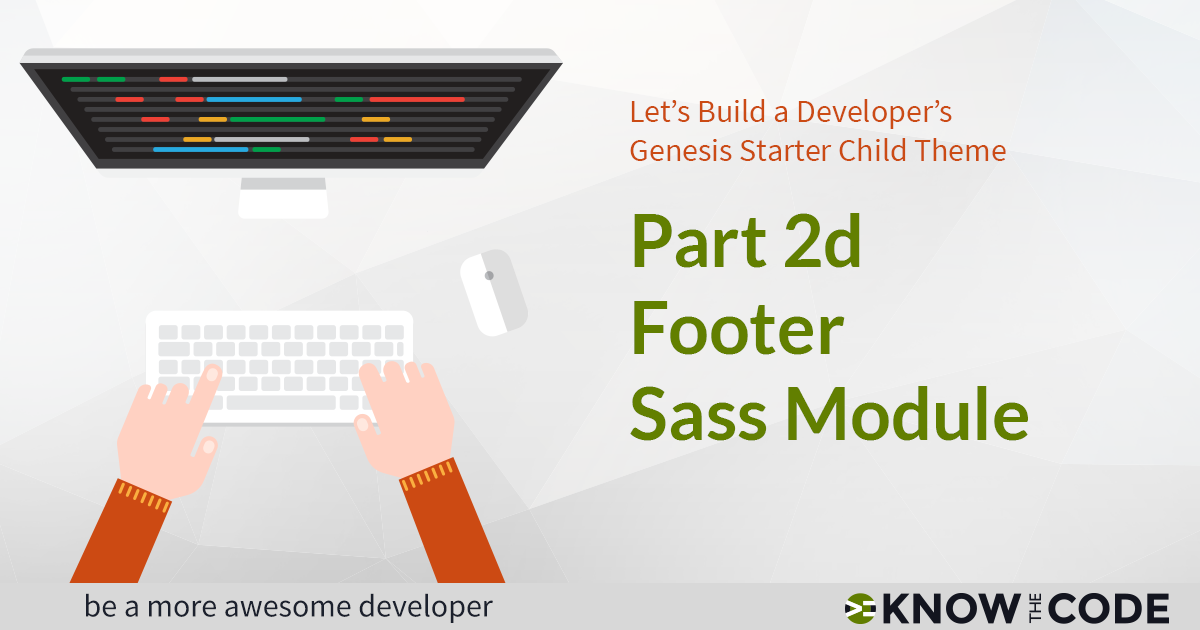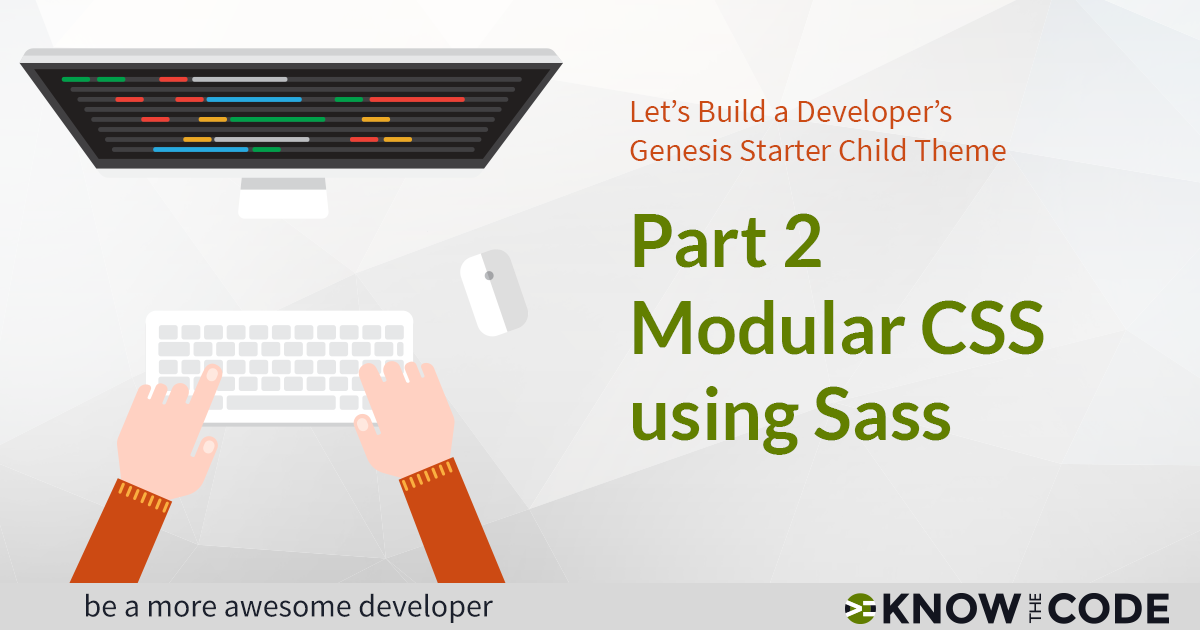As you’ve been doing, you will first migrate over the media queries into the footer widget partial. Then we’ll discuss different variable naming for media query device widths. You’ll look at two different examples, including WebDevStudio’s wd_s theme and Tonya’s personal blog theme. You want the variables to be general enough to be relevant for each project that you build while still being purposeful and declarative.



